Ornamental plants that still bloom in 40 degree high temperature, 6 kinds of flowers you can't miss in summer
1. Vinca roseus
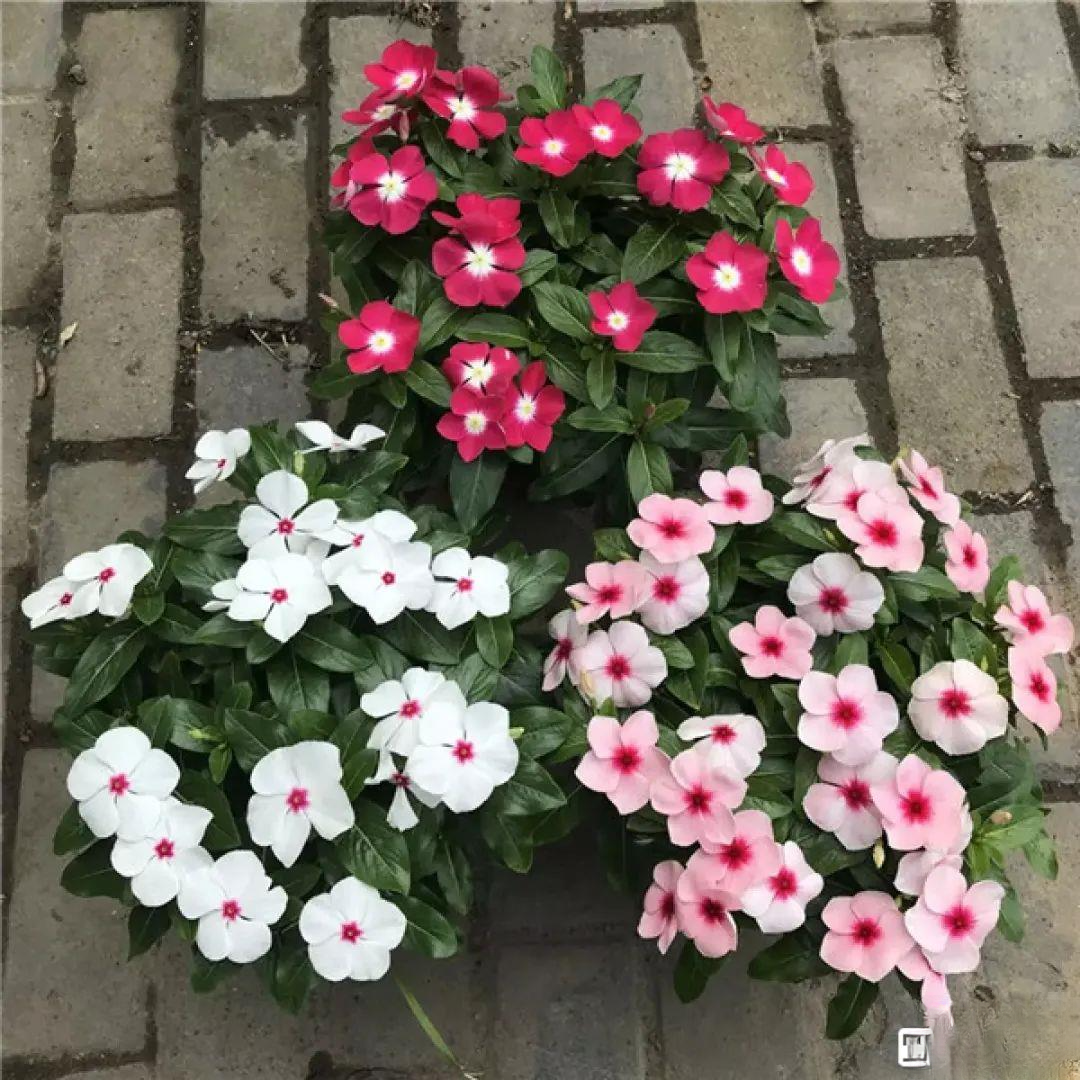
Catharanthus roseus is also called "Ririchun". It can bloom continuously under sufficient light (full sunlight or more than 8 hours of direct sunlight) and warm climate conditions. This is also the origin of the name "Ririchun".
When the temperature in summer is around 40 degrees, vinca roseus can continue to grow and bloom, especially the vinca roseus planted outdoors. It can continue to grow and bloom even if it grows in the cracks of the wall or is planted on an open balcony.
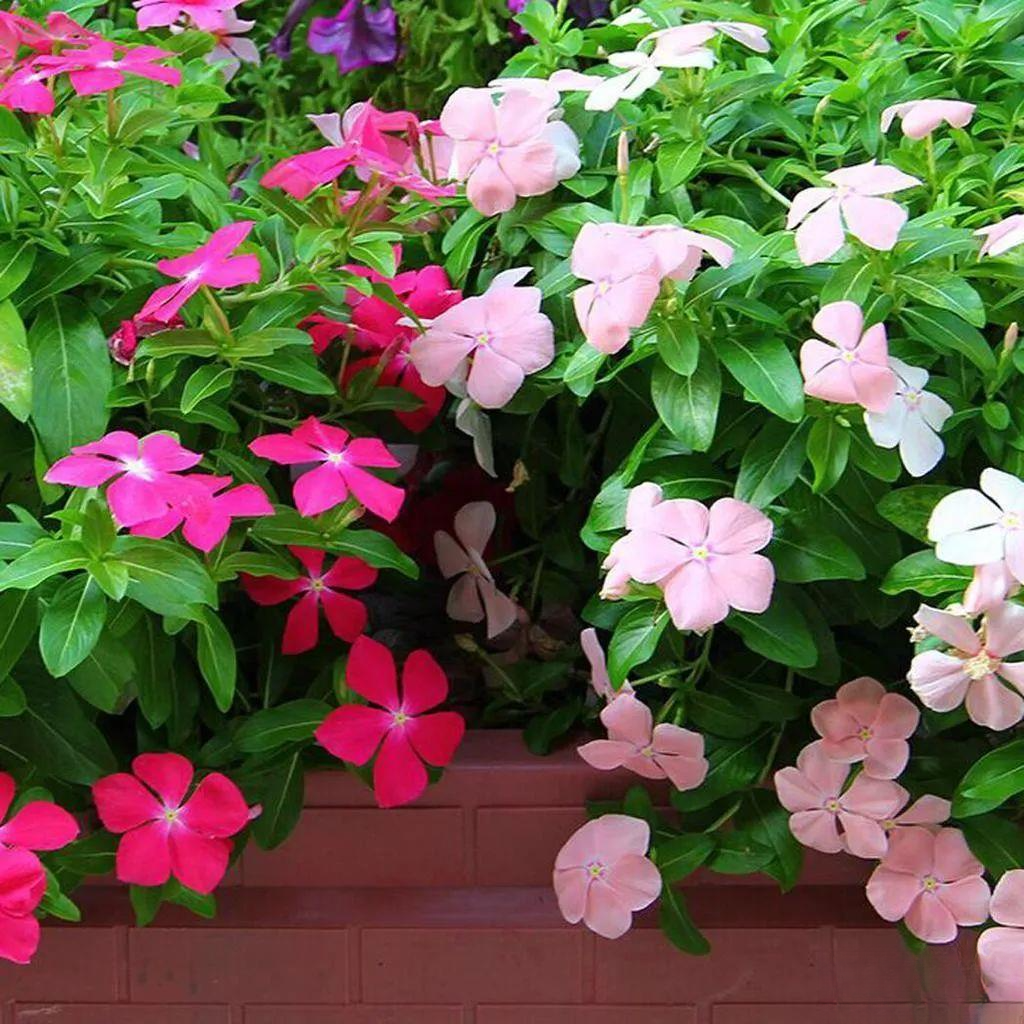
However, I would like to remind everyone that if you are growing vinca in a pot, the space in the pot is limited. When the temperature reaches over 40 degrees in summer, you can provide appropriate shade at noon and in the afternoon.
When caring for vinca roseus in summer, you must pay attention to replenishing water in time and do not let the soil in the pot be dry for a long time, otherwise the leaves at the bottom of the plant will turn yellow, and severe dryness will cause the plant to wither.
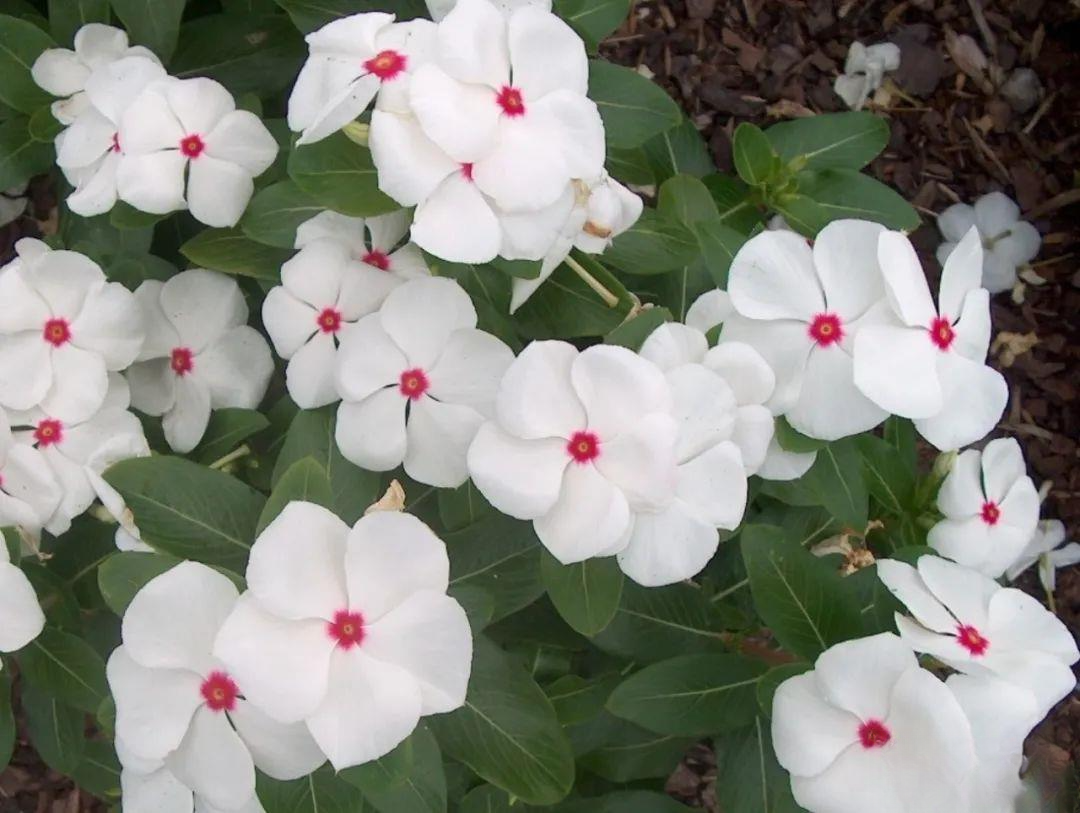
There are more and more horticultural varieties of vinca now, and the colors are even richer. The flowering period of vinca is mainly concentrated in summer and autumn. Ensure sufficient light. Water it thoroughly once in time when the soil is half dry. The temperature should be between 20 and 33 degrees. Apply flower-promoting fertilizer once 1 to 2 weeks. Keep it in a well-ventilated environment. It has few diseases and pests, and the flowers can bloom continuously.
2. Desert Rose
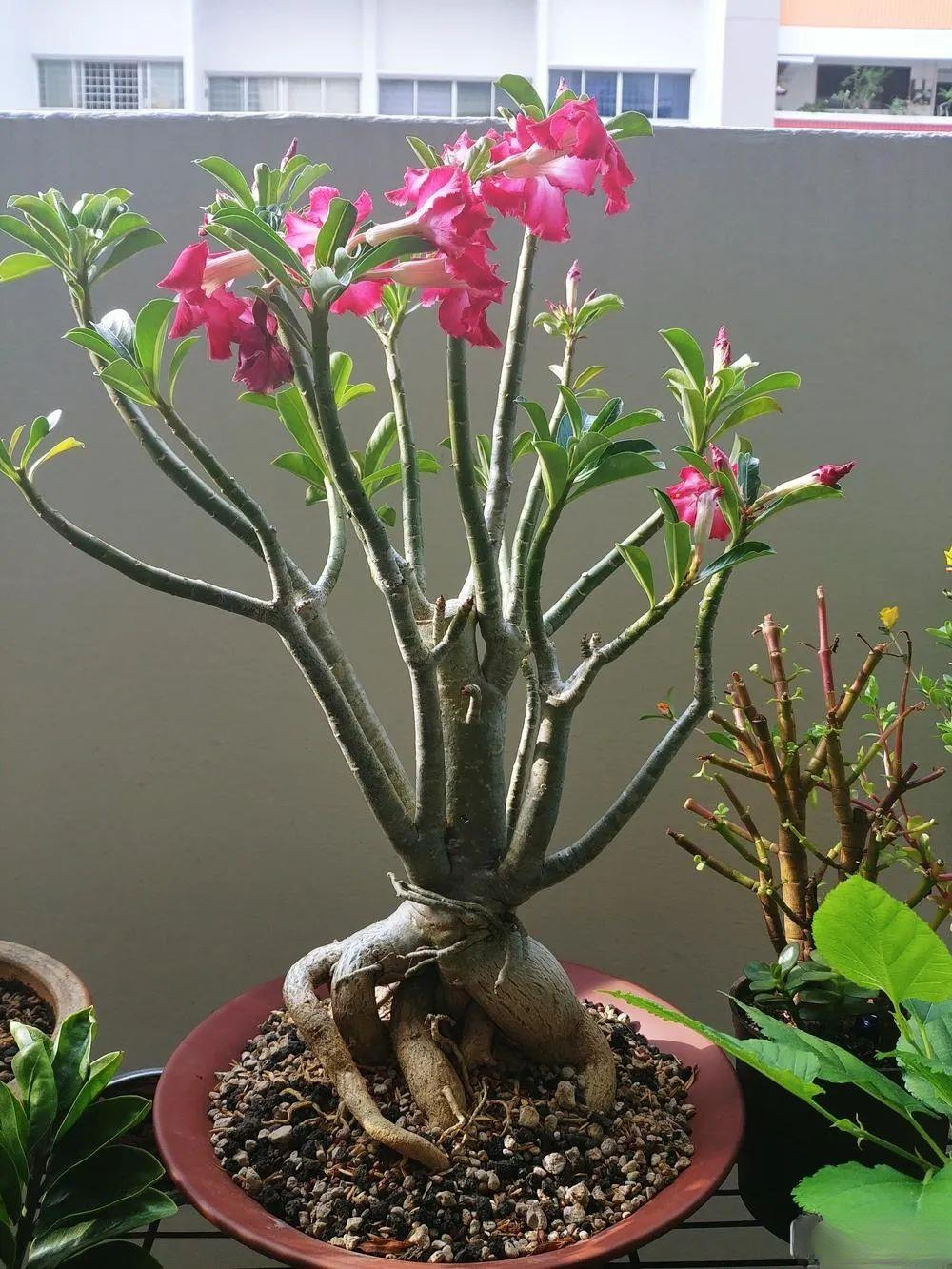
Nowadays, desert rose is not only grown as a potted ornamental flower, but also used to arrange desert plant landscapes. It is very heat-resistant and sun-resistant, and can especially tolerate arid environments. It does not require frequent watering in the summer. When the ground temperature reaches 40 degrees, it can also be grown in a full-sun environment.
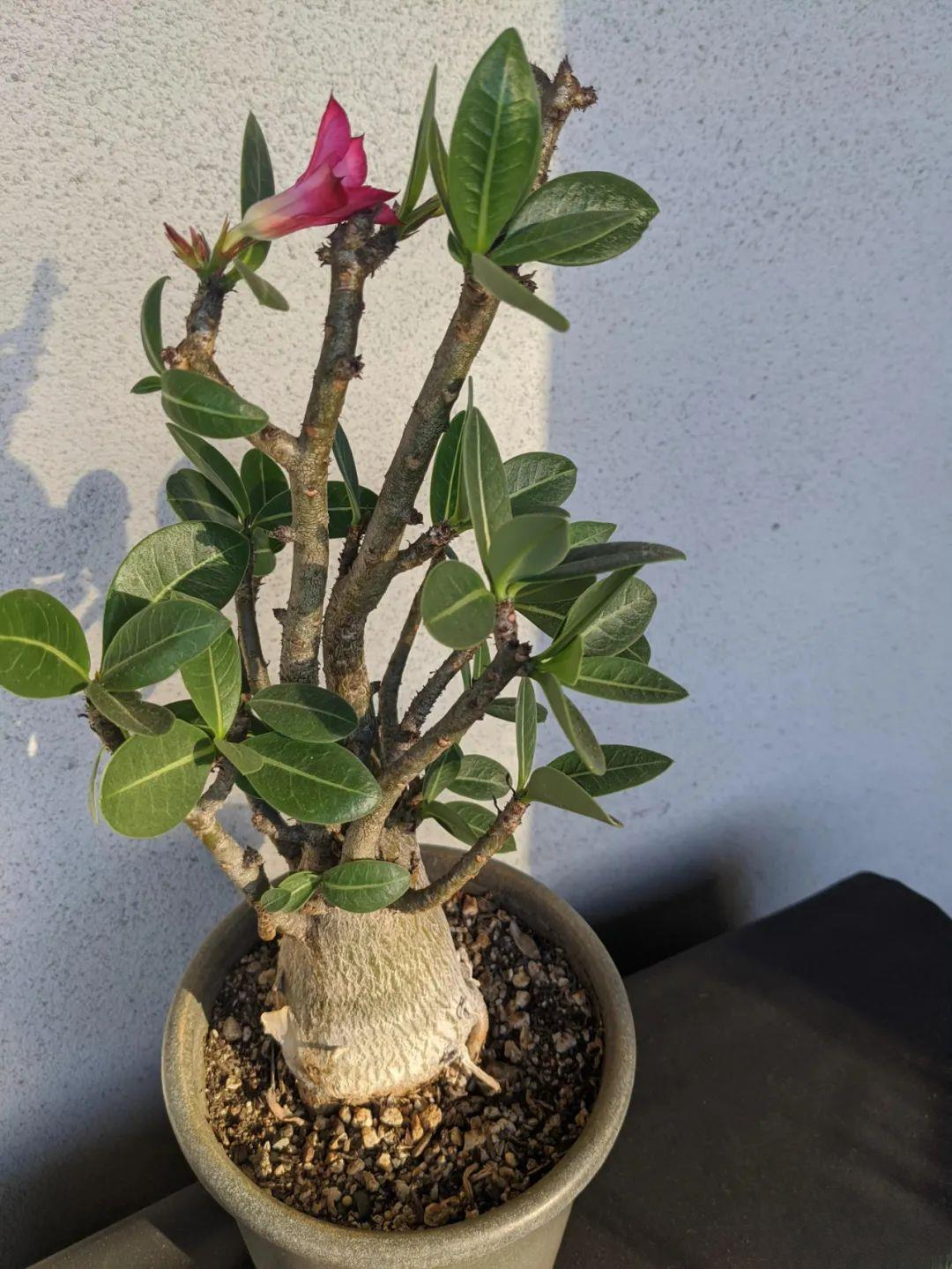
To care for the Desert Rose, you need to provide it with loose and well-drained sandy soil. You can also use special soil for succulents, such as peat soil and granular soil, mixed in a ratio of 1:1 or 2:1. Granular soil can be made of common volcanic rock, medical stone, Akadama soil or diatomaceous earth.
Desert roses can only grow compactly if they are kept in an environment with sufficient light. At least 8 hours of direct sunlight a day is needed for them to grow and bloom normally.
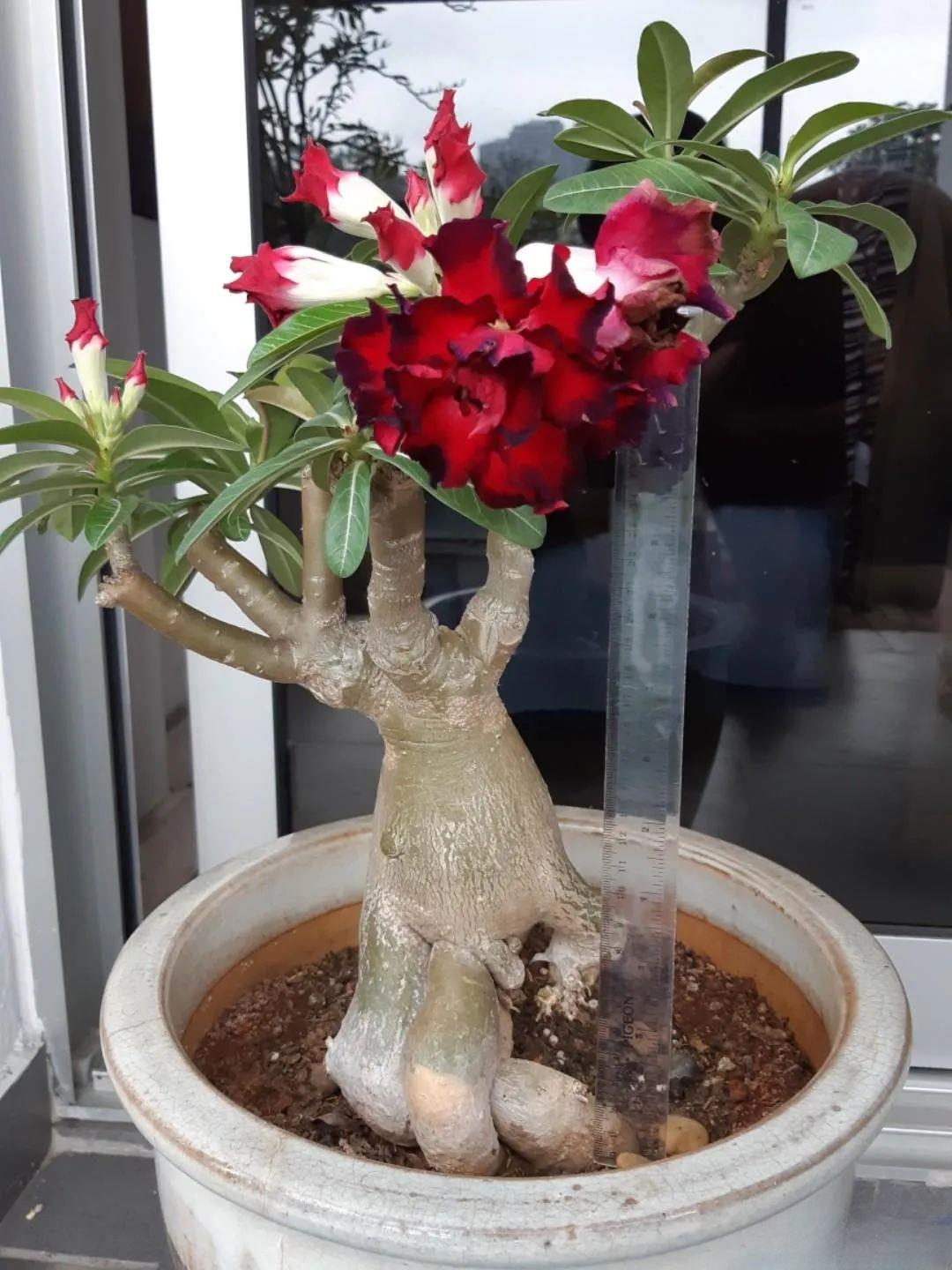
In addition, if you want the desert rose to bloom normally, you must also pay attention to regular fertilizer additions and maintain the temperature between 20 and 38 degrees. You can add potassium dihydrogen phosphate solution every 2 to 3 weeks.
During the maintenance of the desert rose potted plant, you must pay attention to proper watering. The potting soil must be completely dry before watering it thoroughly to avoid the soil being frequently wet.
3. Blue Snowflake
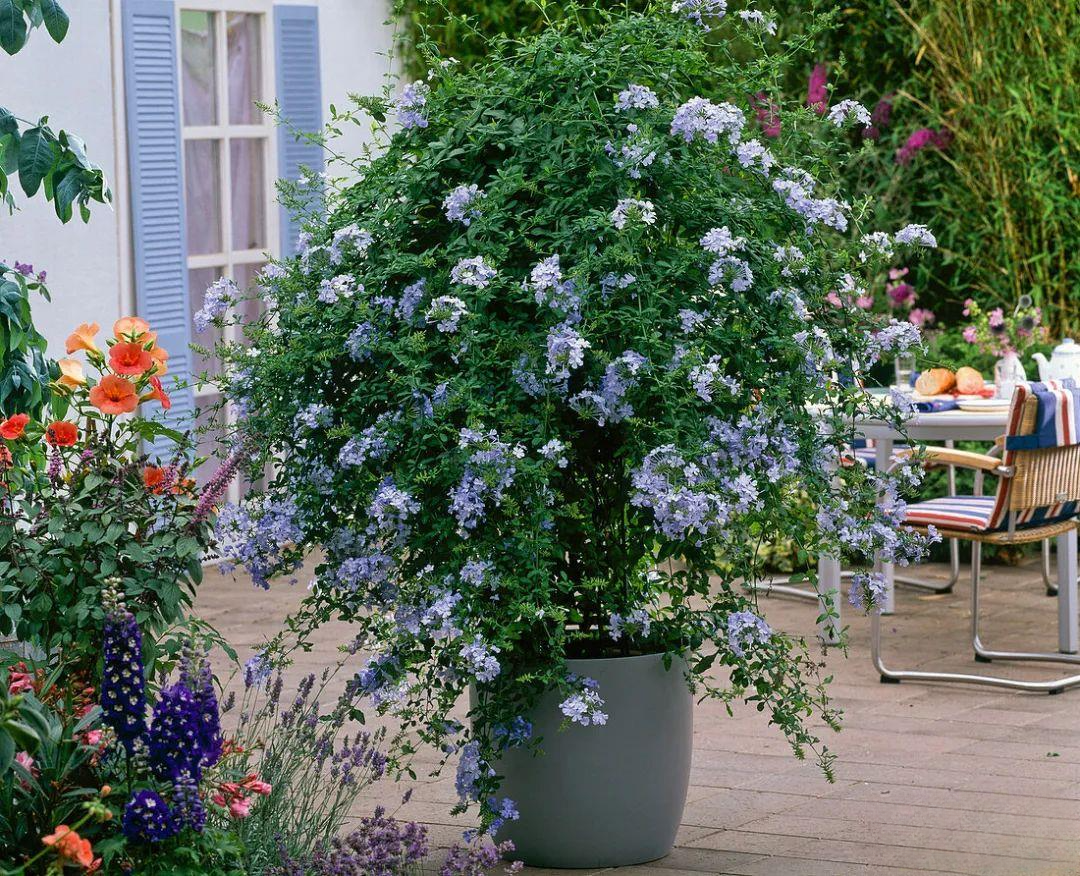
Blue snow flower is what we usually call "blue flower dan". It is a semi-climbing shrub that is very resistant to high temperature, heat and sun. It is suitable for growing in places without frost. As long as there is no frost in winter, it can be grown as an outdoor ornamental plant. In the year-round warm and humid climate conditions, as long as it is provided with sufficient light, it will grow particularly fast.
If you want the blue snow flower to look good in the summer, you should pay attention to sheltering it from rain. Its flowers will look uglier after being exposed to rain.
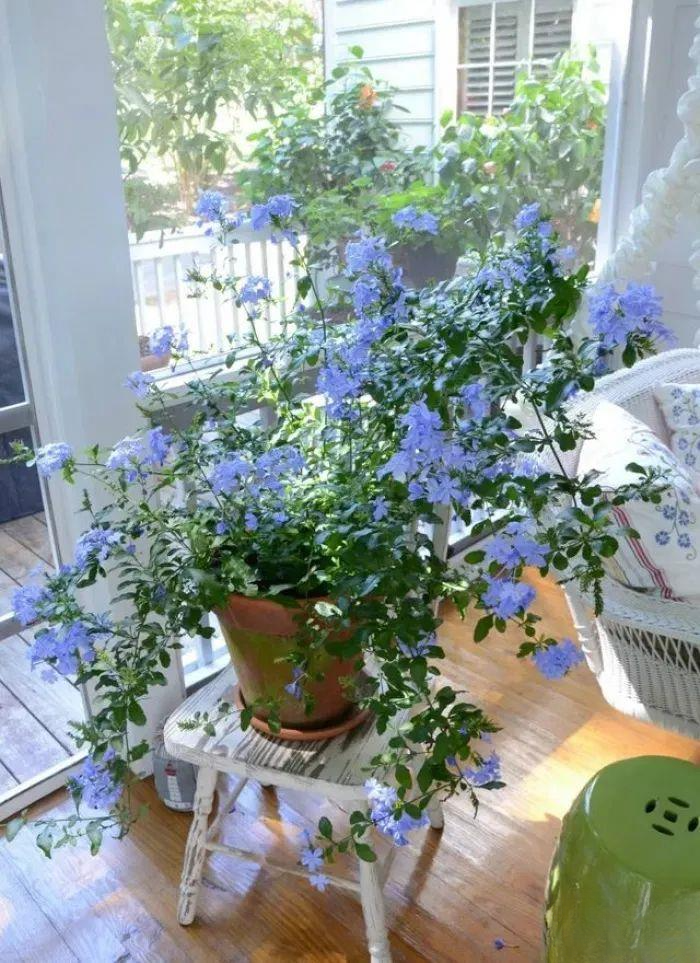
If you want the potted blue snow flower to grow flowers normally, you must ensure that it has more than 8 hours of direct sunlight a day and the maintenance environment has good ventilation. Even in summer, you must pay attention to regularly adding phosphorus and potassium fertilizers and keep the soil slightly acidic.
During the growth of the blue snow flower potted plant, it is important to supplement potassium dihydrogen phosphate or Huaduoduo No. 2 every 2 to 3 days to promote the growth of flowers.
4. Fragrant vine
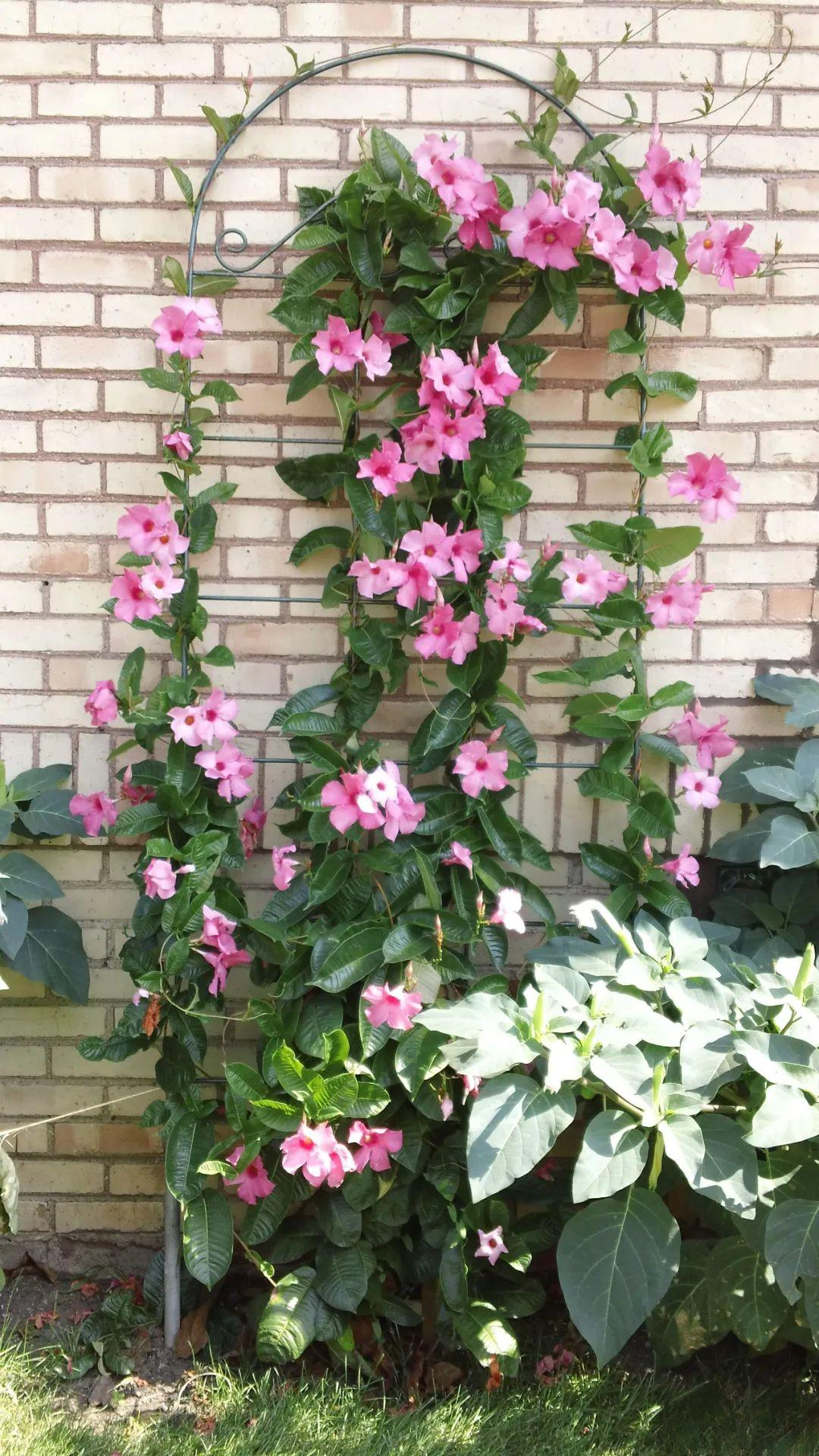
The fragrant vine is a very heat-resistant and sun-resistant cost-effective flower. If it is grown in a potted plant, it will basically not bloom when the temperature reaches over 40 degrees.
If the fragrant vine is planted in the ground, it can tolerate higher temperatures. Even in an open-air environment, it does not matter if the fragrant vine is exposed to the sun for a long time, as its drought resistance will be stronger.
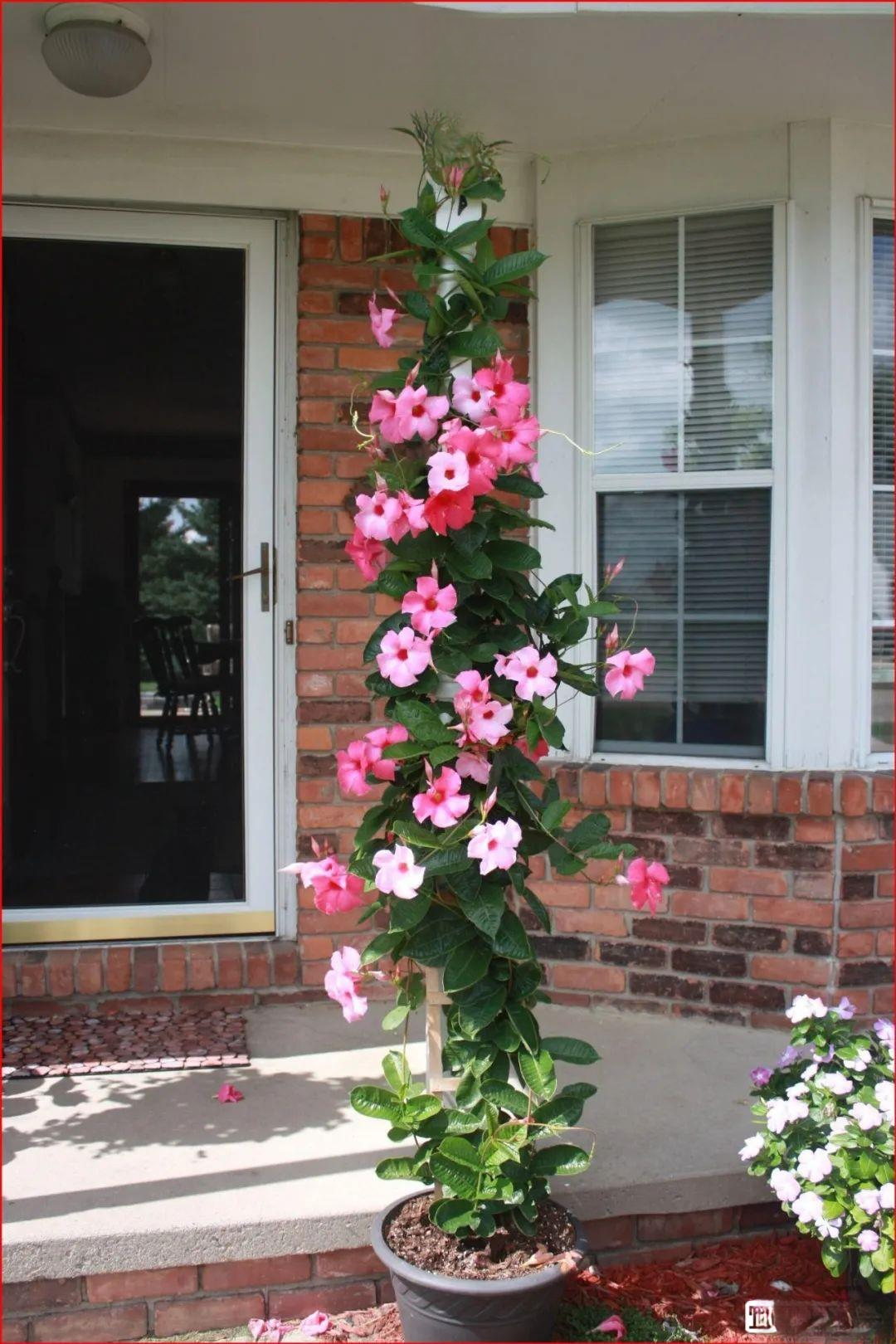
For potted fragrant vines on balconies or windowsills, pay attention to proper shade when the temperature is too high in summer. Of course, when the temperature is too high, as long as you add water in time and don't let the pot soil dry out too much, potted fragrant vines planted outdoors can also survive, but some leaves may be sunburned.
The fragrant vine blooms continuously in summer and autumn. The planting environment must ensure good ventilation. When maintaining potted plants, pay attention to timely replenishment of water, especially during the flowering period, watering should be done in time.

When planting potted fragrant vines, ensure that the potting soil has good air permeability and drainage, and pay attention to regular fertilizer addition. Usually, you can use Huaduoduo No. 1 and Huaduoduo No. 2 to spray alternately, which can promote the growth of branches and leaves and the emergence of flower buds. When growing fragrant vines in pots, pay attention to setting up appropriate racks to allow it to climb and grow, and ensure that there is ventilation and light between the plants.
5. Ixora
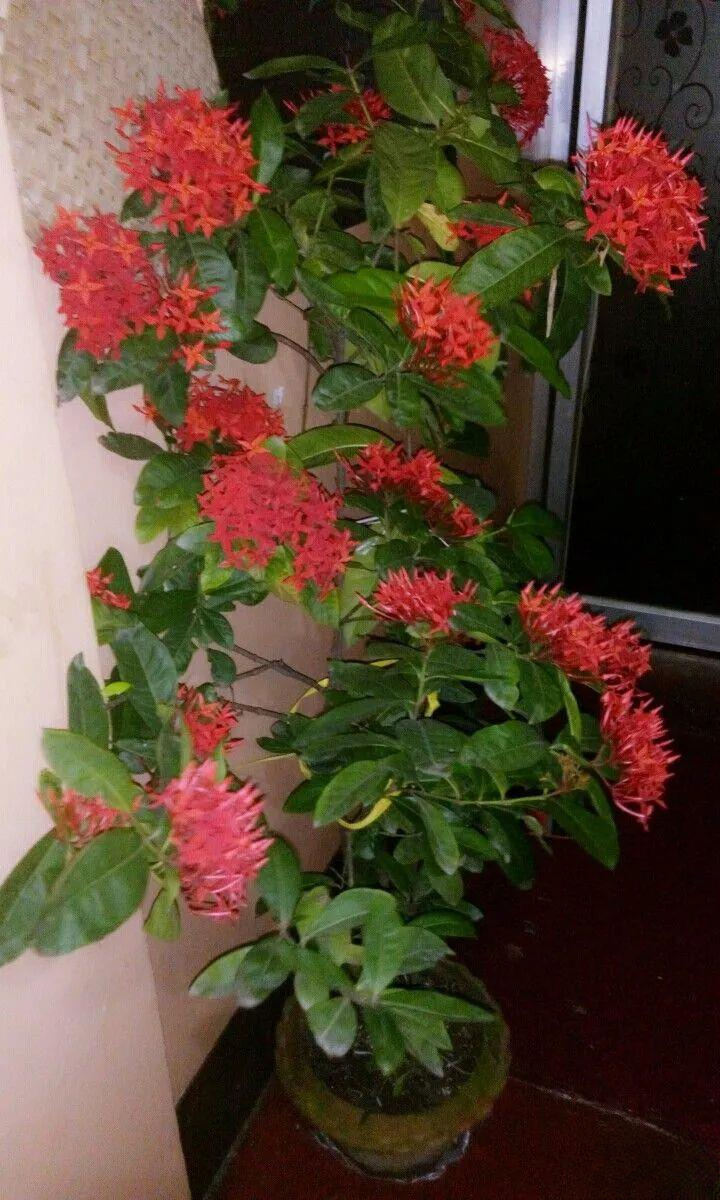
The Ixora is also called "water hydrangea". Its flowers are like hydrangeas. Many flower lovers living in Guangdong and Guangxi feel that they cannot grow hydrangeas well, which is really a pity. However, Ixora can now replace hydrangeas with Ixora. Ixora is very heat-resistant and sun-resistant, and it is best to maintain it in a full-sun environment.

Especially for the Ipomoea aquatica planted in the ground, the plant can grow to 3 to 5 meters high, and can bloom with clusters of flowers. As long as the temperature can be maintained above 15 degrees, it can continue to bloom and the flowering period is extremely long.
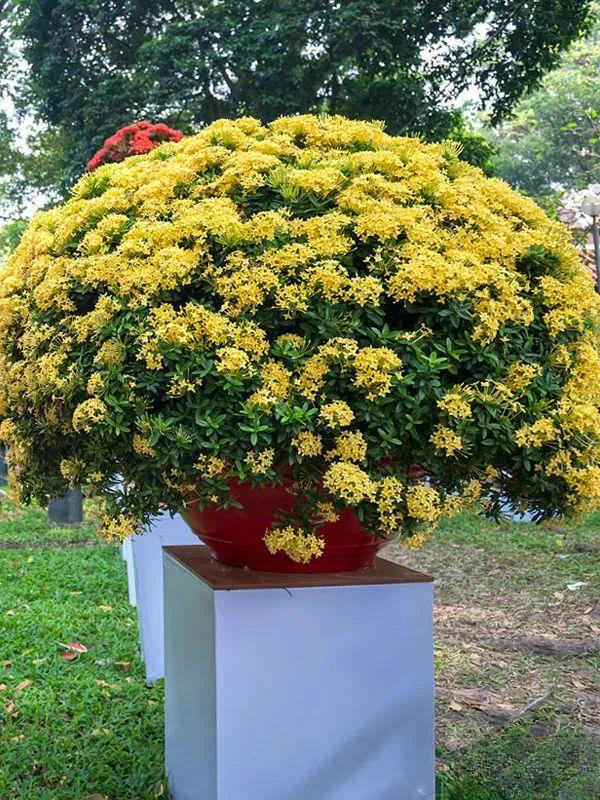
The best maintenance temperature for the Ixora is between 20 and 38 degrees. If it is a potted Ixora, when the temperature is too high in summer, you can turn it to a slightly shaded place or pull up a shade net.
In the summer, potted Ixora should be watered frequently, and the soil should not be allowed to dry out too much. Also, high humidity and good ventilation should be maintained. As long as the temperature is below 40 degrees, fertilizer can be added every 10 to 15 days. Water-soluble fertilizer and flower-promoting fertilizer can be sprayed alternately. Occasionally, acidic fertilizer (ferrous sulfate) or organic fertilizer can be added.
6. Hollyhock
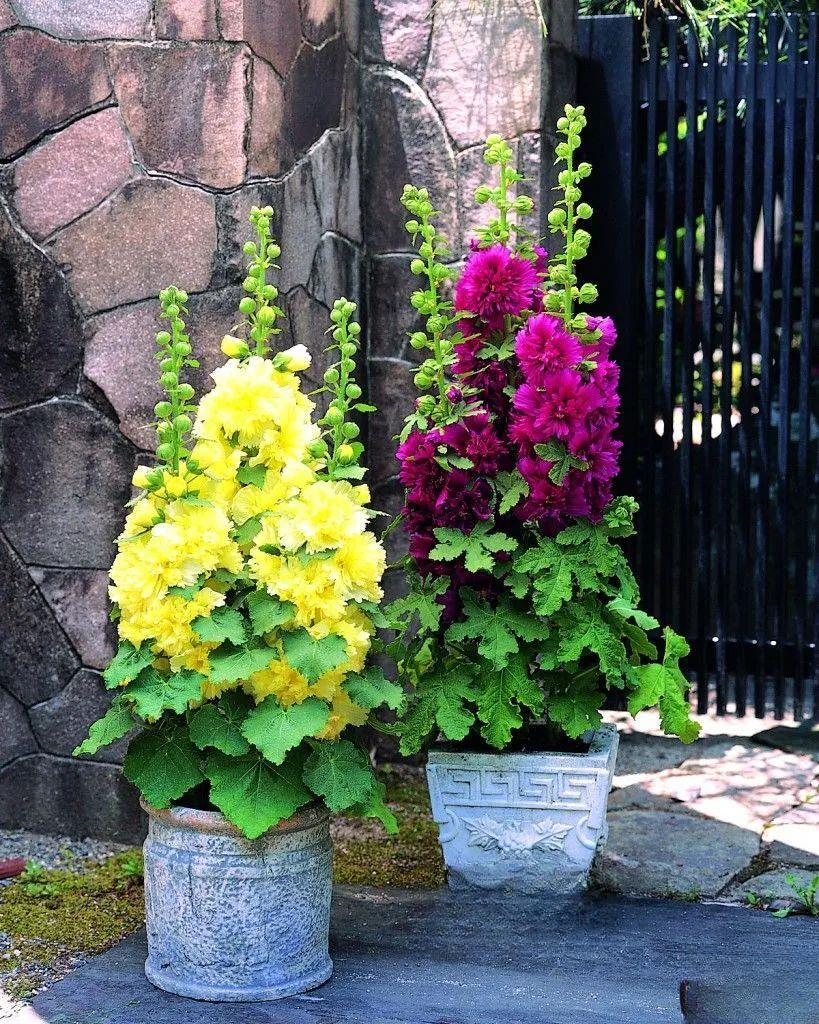
Hollyhock is a herbaceous flower that is resistant to heat and cold, but its plant is particularly tall and can be planted on the roadside or in the yard. It is also called "Yi Zhang Hong", which means that the plant can grow to more than two meters tall.
Hollyhock has a strong ability to withstand high temperatures. As long as the temperature is below 40 degrees, it can continue to grow and bloom.
Hollyhock is not picky about the environment. It is very resistant to barrenness, drought and heat. It does not need shade in the summer. It is necessary to add water occasionally. Ipomoea amurensis is more suitable for growing in the middle of a combined pot. If it is potted, it needs a particularly large container.
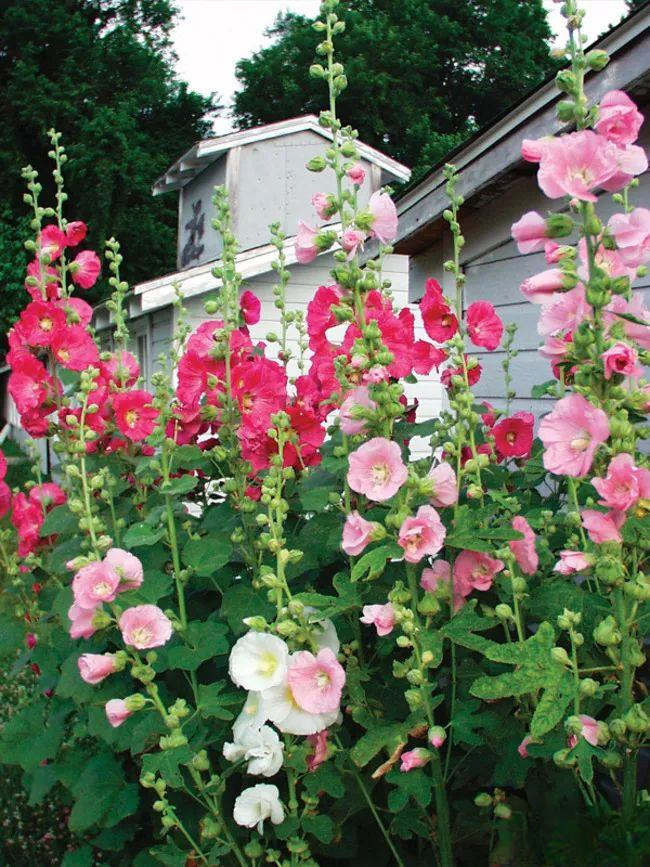
If you plant hollyhocks in the south, you must do a good job of drainage to prevent the soil from being wet for a long time. In a hot and humid environment, you must pay attention to increasing ventilation.